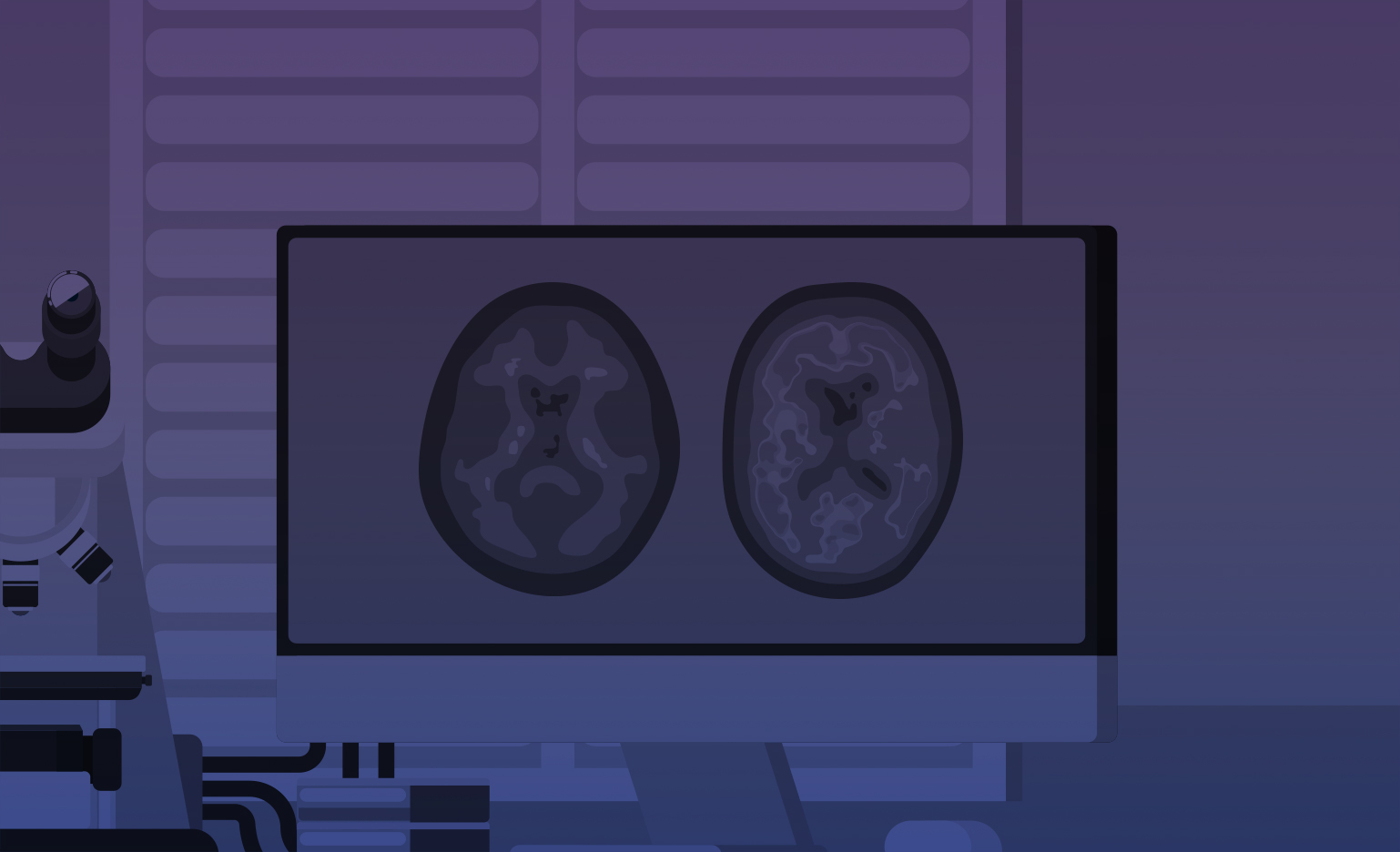C. Light Technologies, Inc.
C. Light Technologies, Inc.
Fixational eye motion as biomarker for mild cognitive impairment
In 2020, there are an estimated 5.8 million individuals over the age of 65 living with Alzheimer’s disease in the United States. With one in three seniors dying with Alzheimer’s or another related dementia, we currently have no viable therapeutics to stop disease progression or reverse degenerative damage. This lack in treatment stems from that fact that therapeutic developers do not have viable biomarkers that they can use to effectively stratify patients and track disease progression on a fine/granular scale. These inefficiencies lead to 8-10 plus years of clinical trials with failed outcomes. Mild cognitive impairment (MCI) is the earliest stage of Alzheimer’s disease that exhibits symptoms and could provide a critical time frame within the disease progression window to implement therapeutic intervention as they are developed. We propose the utilization of micron-level, involuntary eye motion to provide granular disease progression mapping/feedback, with a future end goal of early detection for mild cognitive impairment.
Literature has shown that saccadic eye movement abnormalities have been observed within the MCI, FTD, and Alzheimer’s patient populations, with pro and anti-saccade tasks showcasing changes in latency, gain, and directionality (Meyniel et al 2005, Boxer et al 2006, Donker et al 2007, Boxer et al. 2012). However, there are a limited number of studies harnessing the power of microsaccades in this space, with only one publication revealing that oblique microsaccadic square wave jerks were far more prevalent in AD and MCI patients than age matched controls (Kapoula et al 2013). We propose to advance these findings, focusing on MCI and utilizing the tracking scanning laser ophthalmoscope (TSLO) device, developed by C. Light Technologies, to record micron-level changes in fixation, as a biomarker for subclinical deficits, in collaboration with the Memory and Aging Center at the University of California, San Francisco.

